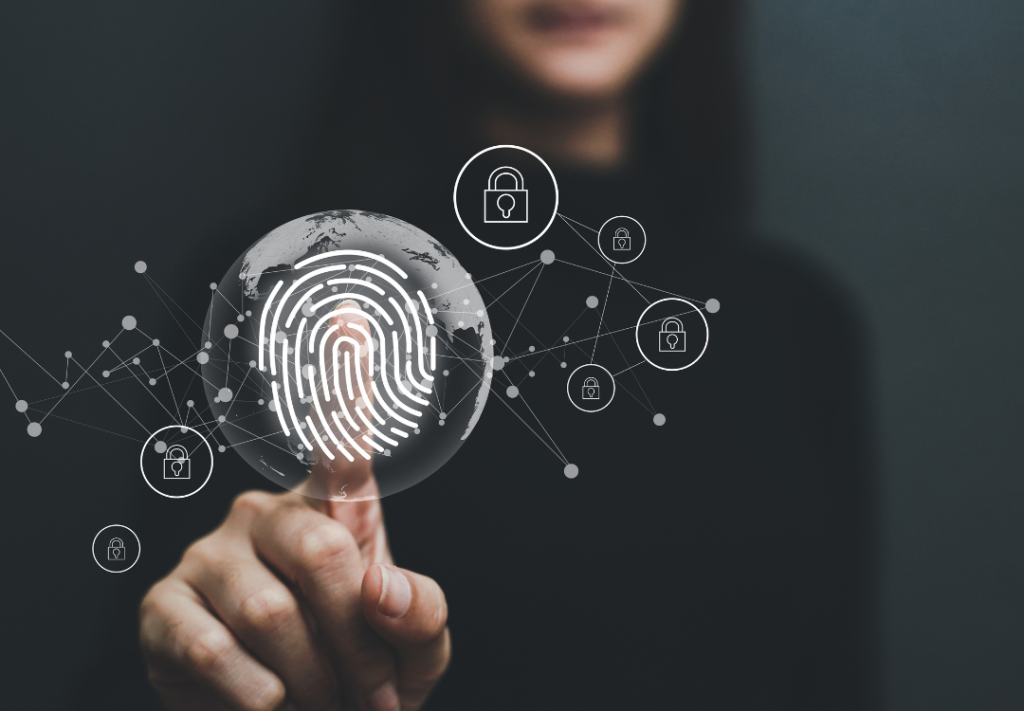Cybersecurity threats are growing more sophisticated and relentless by the day. As technology advances, so do the tactics of cybercriminals who exploit even the smallest vulnerabilities—especially human ones. It only takes one weak password, one successful phishing email, or one missed security update to cause a massive data breach. Yet, despite an increasing awareness of digital threats, many individuals and businesses still overlook the most common causes of cyber incidents. The good news? By understanding the key areas where cyber risks originate—and how to defend against them—we can significantly improve our digital safety. In this guide, we explore four critical cybersecurity topics, each unpacked in detail with 1,000-word deep dives into today’s most urgent cyber concerns.
- The Human Factor: Why People Are Still the Weakest Link in Cybersecurity
Despite all the advancements in cybersecurity technology—firewalls, endpoint protection, and AI-powered threat detection—one vulnerability remains consistent and alarmingly underestimated: human error. In fact, a staggering 95% of cybersecurity breaches are the result of human mistakes, according to IBM’s Cyber Security Intelligence Index. As we move deeper into 2025, this factor continues to be the most significant entry point for attackers.
Human errors range from poor password hygiene to the inability to recognize phishing emails. In today’s digitally connected world, where remote work and digital communications are the norm, cybercriminals are increasingly relying on social engineering to bypass technological barriers. Let’s take a closer look at how people unintentionally become the weakest link—and what can be done to turn this vulnerability into a strength.
Common Human-Driven Cybersecurity Failures
- Weak or Reused Passwords
Using simple or recycled passwords across multiple accounts is still one of the most common security flaws. Tools like brute-force scripts and credential stuffing attacks make it easy for hackers to gain unauthorized access using leaked data from previous breaches. - Falling for Phishing and Social Engineering
Phishing emails have evolved. They now use personalized data, legitimate-looking branding, and convincing language to trick users into clicking malicious links or handing over sensitive information. In 2025, attackers are also leveraging AI to create phishing content that’s even harder to distinguish from legitimate communication. - Poor Awareness and Training
Without regular cybersecurity training, employees may not know how to spot red flags in emails, websites, or software downloads. Lack of training contributes to risky behavior and an overall weak security posture. - Misuse of Company Devices and Networks
Accessing work emails on unsecured public Wi-Fi, installing unapproved apps, or using personal USB drives on corporate computers can all open the door to malware and data leaks. - Ignoring Software Updates
Delaying system and software updates leaves devices vulnerable to known exploits. Cybercriminals are quick to capitalize on unpatched systems, especially those running outdated operating systems or applications.
How Hackers Exploit Human Behavior
Cybercriminals don’t just rely on code—they rely on psychology. Here’s how:
- Urgency: Emails claiming “Your account will be locked in 24 hours” create panic and prompt rash actions.
- Authority: Posing as CEOs or IT admins to gain trust.
- Familiarity: Spoofing email addresses or using hacked accounts of known contacts.
- Curiosity: Enticing users to click on links with subject lines like “Your recent invoice” or “Suspicious login detected.”
These techniques manipulate natural human responses to achieve unauthorized access, data theft, or financial gain.
The Cost of Human Errors
The financial and reputational costs of human-driven cyberattacks are significant. A single phishing email can compromise thousands of records, trigger a ransomware event, or bring an organization’s operations to a halt.
According to a 2024 report by Cybersecurity Ventures, the global cost of cybercrime is expected to hit $10.5 trillion annually by 2025, much of it due to mistakes made by end users.
Turning the Weakest Link Into the First Line of Defense
To address the human element of cybersecurity, organizations must invest in their people as much as their tools.
1. Security Awareness Training
Regular, interactive training sessions can educate employees on identifying phishing attempts, managing passwords, and following security best practices. This should include:
- Phishing simulations
- Real-life case studies
- Security quizzes and recognition programs
2. Enforcing Strong Password Policies
Implement tools like password managers and require:
- Unique, complex passwords for each account
- Password changes every 60–90 days
- MFA (Multi-Factor Authentication) for all access points
3. Creating a Security-First Culture
Make cybersecurity a core part of company culture:
- Talk about security in team meetings
- Share news about breaches and lessons learned
- Encourage employees to report suspicious activity without fear of punishment
4. Clear BYOD (Bring Your Own Device) Policies
With remote work still prevalent, ensure that personal devices used for work:
- Meet minimum security standards
- Use company-monitored VPNs
- Have endpoint protection software installed
5. Patch Management and Software Updates
Automate updates where possible and assign clear accountability for system maintenance. Delayed patches are low-hanging fruit for cybercriminals.
Real-World Example: Twitter’s 2020 Breach
In 2020, Twitter experienced a high-profile breach when hackers used social engineering to trick employees into giving up credentials. The attackers gained access to internal tools and took over high-profile accounts—including Elon Musk, Barack Obama, and Apple—to push a cryptocurrency scam.
This incident wasn’t a tech failure—it was a human one. It underscores the critical need for internal training, limited access to sensitive tools, and better incident response planning.
Final Thoughts
As long as humans are involved in digital systems, they will remain both a risk and a potential line of defense. In 2025 and beyond, the most secure organizations will not be those with the most expensive firewalls—but those with well-trained, security-conscious employees.
The solution isn’t eliminating human involvement, but empowering it. By investing in education, culture, and smart policies, businesses and individuals alike can transform their weakest link into their strongest shield.
Stay tuned as we continue this series by diving into the next major issue: the top five emerging cybersecurity threats you need to watch for in 2025.

